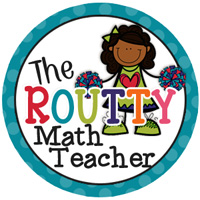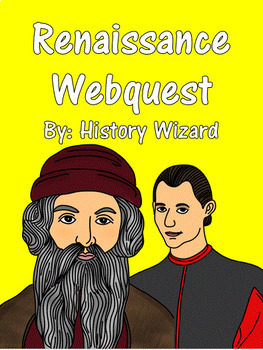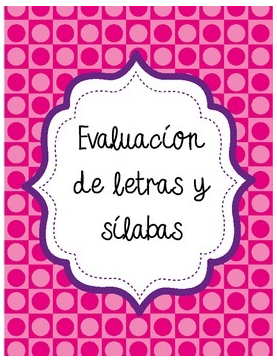Art Action - Laurie Carpenter
Visual Arts - Language Arts working together
Grades K - 4
Bundling is the way to go! In this case, you get 4 projects for the price of 3! And here they are:
BACK TO SCHOOL WITHOUT CLIFFORD
Kids love a puppy!
Especially, when that puppy is Clifford!
The children will love this lesson plan, as they create a simple "back
to school" craftivity of Clifford, as a puppy, after the class reads the
story Clifford's First School Day, by Norman Bridwell.
http://www.teacherspayteachers.com/Product/CLIFFORD-1348968
BACK TO SCHOOL "THINGS ON A STRING",
an easy-art craftivity
Coming back to school is such an exciting time for kids! Seeing old
friends,meeting new ones, a new teacher, and so many new "things" to
experience.
This project
provides the children with a fun art experience focusing on" back to
school things". This "easy-art lesson plan with patterns can be used
easily in the classroom, as well as done with more complicated
creativity in the art room - TWO options are presented.
* Lesson also gives children an opportunity for group discussion, and a
chance to write about their thoughts about this happy time of the year.
http://www.teacherspayteachers.com/Product/Back-to-School-Things-on-a-String-a-PATTERNED-easy-art-craftivity-1321494
BACK TO SCHOOL PUFF PORTRAITS
PROJECT OVERVIEW-PURPOSE: This is so much fun!!!
Just the name "Puff Portraits" gets the kids thinking! Lesson plan will provide
a fun and creative "back to school" activity as the students create
their own self-portrait, and the follow-up activities help the children
get to know their new classmates.
http://www.teacherspayteachers.com/Product/BACK-TO-SCHOOL-Puff-Self-Portrait-Craftivity-813410
BACK TO SCHOOL COLORING SHEET
PROJECT OVERVIEW-PURPOSE: REVIEWING AND LEARNING NEW
SKILLS ARE BOTH such an important part of a new school year. LET'S SEE
HOW WE CAN FULFILL BOTH NEEDS WITH ONE PROJECT.
The printables and lesson plan will provide an independent crayon coloring
session for the primary student, teaching the student depth of color as
well as techniques of coloring neatly, filling the space, and following
teacher directions.
http://www.teacherspayteachers.com/Product/BACK-TO-SCHOOL-Coloring-Worksheet-and-Follow-up-Lesson-818607
All lessons have:
PDF LESSON PLANS
PHOTOS
PATTERNS
FOLLOW-UP LESSONS























.png)


